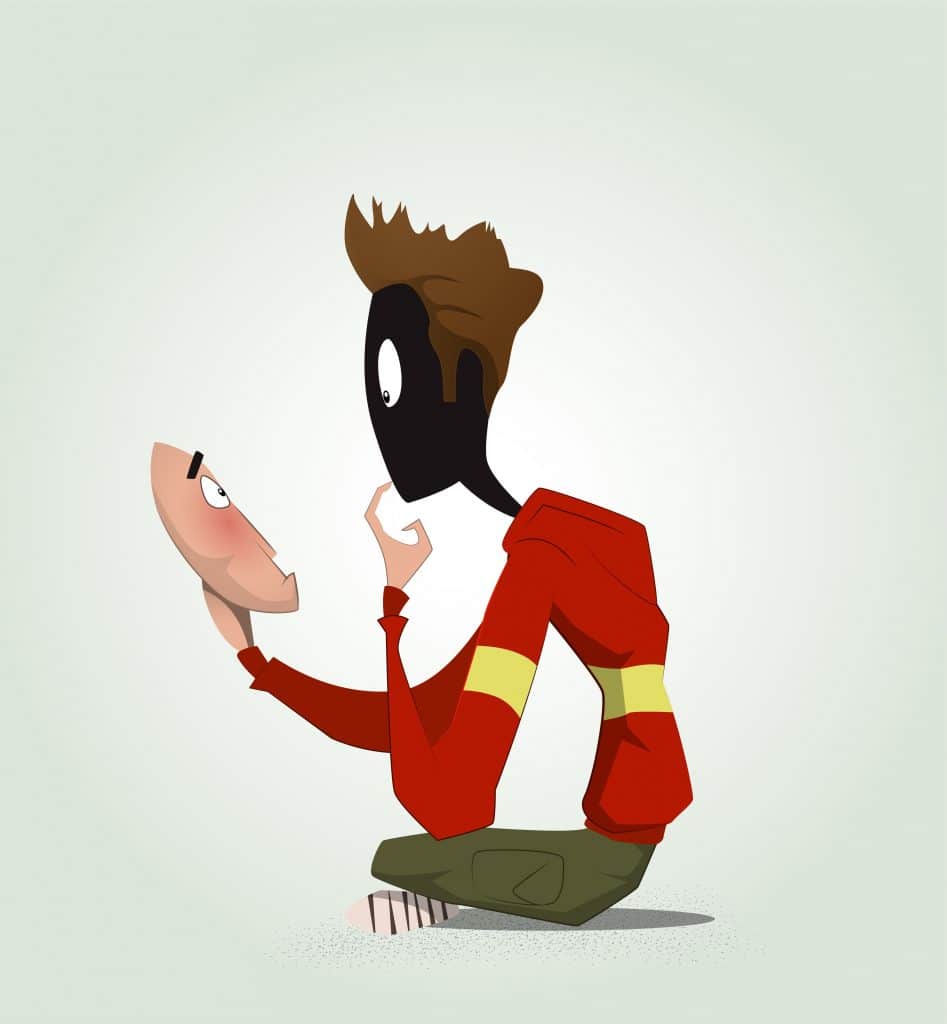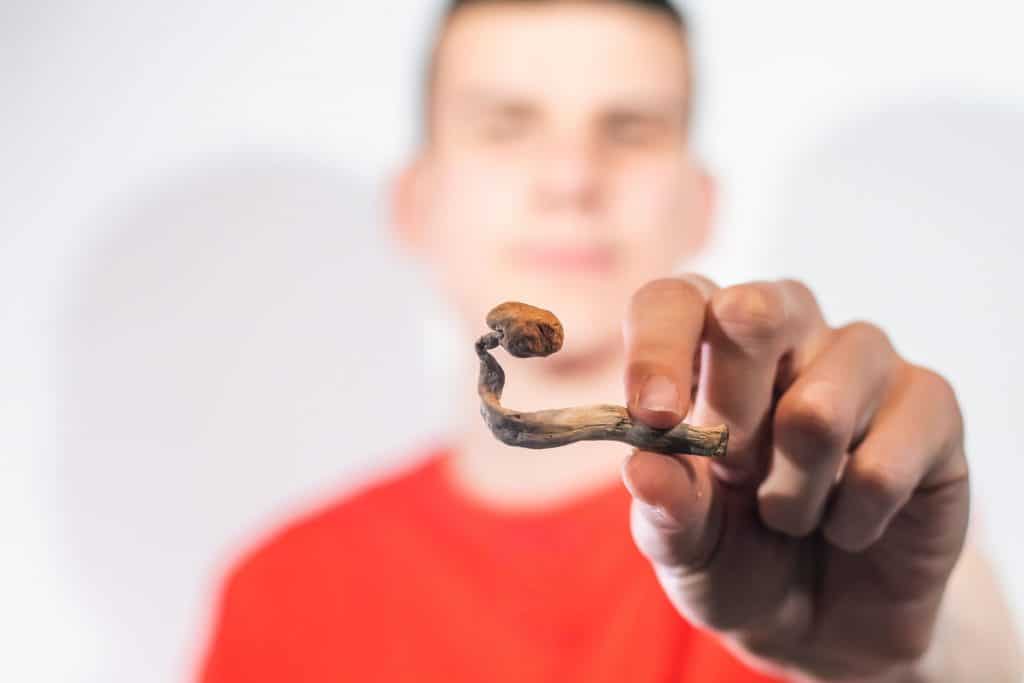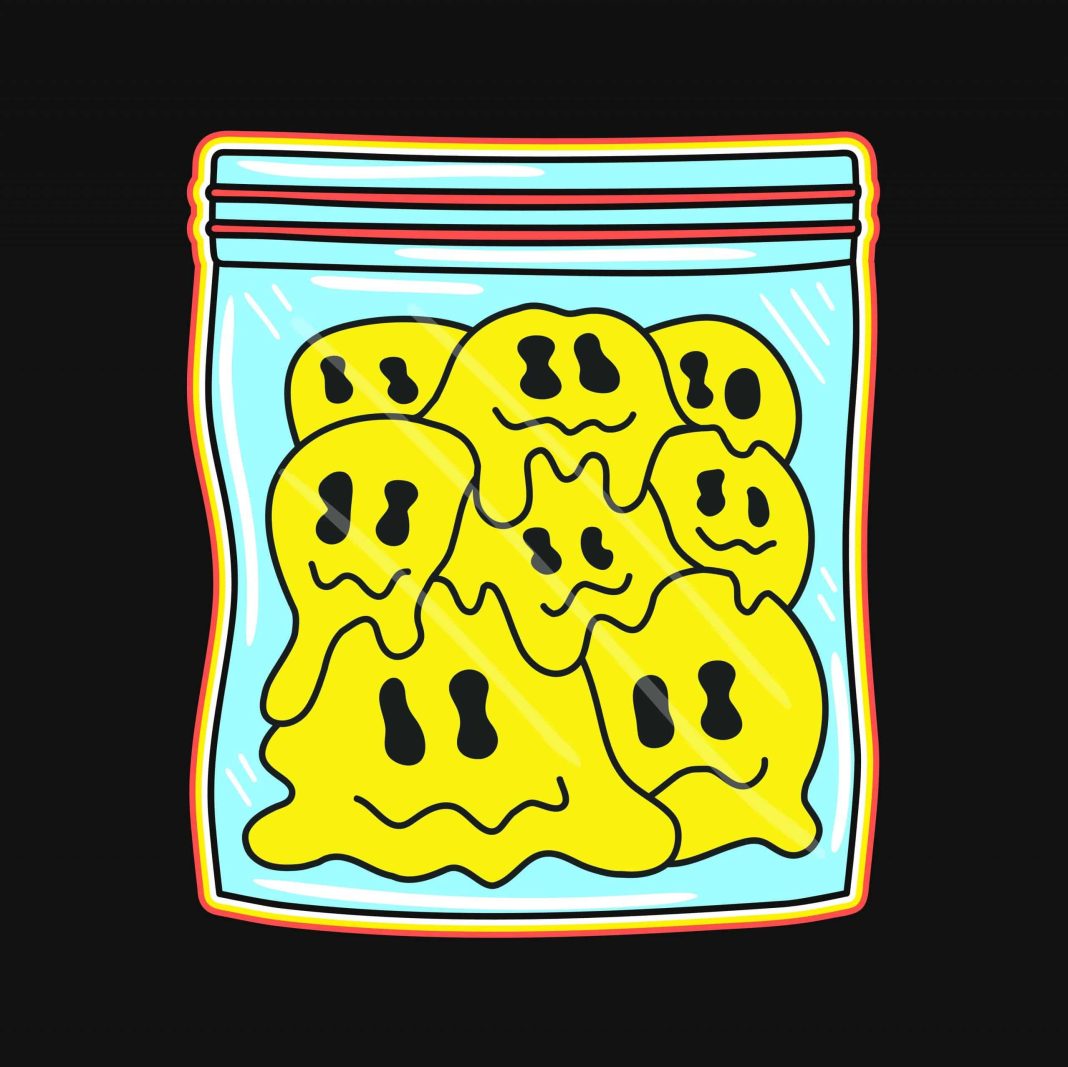The psychedelics market is getting wider, and actually goes way beyond psychedelics, to include many different hallucinogens. As more treatment options come out, so does the question of how effective self-treating with psychedelics is. A recent study sheds light on the benefits of getting high on your own.
Self-treating vs therapy sessions
First and foremost, when getting into self-treating with psychedelics, its good to know what we’re talking about. Psychedelics are a class of drugs under the heading of hallucinogens. And while there are tons of hallucinogens that aren’t directly called ‘hallucinogens’ (like Amanita mushrooms), there are three classes of hallucinogens, which are directly referred to as hallucinogens: psychedelics, dissociative (that’s ketamine), and deliriants (which include Benadryl).
Hallucinogens in general are drugs that cause the user to have a sensory experience that isn’t real, or is altered in how a person perceives it. Many different compounds from different drug classes, are considered hallucinogens, and this means that its not just psychedelics that cause people to hallucinate. In fact, when using the term ‘psychedelics,’ we only refer to LSD, psilocybin, mescaline, and DMT. Even MDMA is technically a psychostimulant, NOT a psychedelic.
If a person wants to use a psychedelic or hallucinogen for treatment, there are two ways to do it. One is with the help of a second person, generally in a therapeutic capacity; and one is by self-treating with the psychedelic, or other hallucinogen. The first includes some kind of setup process, with the help of a facilitator; and one is just about hoping to get a therapeutic response, but on one’s own.
There is no hard and fast answer to which is better. There does seem to be a massive value in psychedelic-assisted therapy for some, in that the therapist presiding can push a patient to cross limits, which might help with establishing new neural connections. But there are also drawbacks, like being in a less comfortable situation, and often one that feels ‘medical.’ Doing it oneself might be more relaxing, but comes with is own drawback that just because the drug is being used, doesn’t mean that a person’s brain gets pushed across boundaries. Different people require different things.
When done as drug-assisted therapy, its definitely a process. The patient and doctor must get acquainted. The patient must feel comfortable with the doctor, and the doctor must come to understand the ins and outs of what a patient is suffering from. All together this can mean several preliminary sessions, and several integration sessions after, wherein the doctor helps the patient examine and understand their experience.
With self-treating using psychedelics or other hallucinogens, these other steps are not involved, and the person simply takes the drug and has the experience. With no one to help them through, explain anything, or provide feedback. This might be perfectly fine for some, but could be a drawback to the treatment value, for others.
Recent study on self-treating with psychedelics
The first thing to understand about the study, is that the data collected for it, was not designed by the study investigators. They simply used existing data from the Global Drug Survey for 2020, which is available to the public. The investigators therefore had no way to control for anything outside of what was already collected; or to clarify any information, or interact with participants.
The new study is called Investigation of self-treatment with lysergic acid diethylamide and psilocybin mushrooms: Findings from the Global Drug Survey 2020 and was headed up by PhD student Emma Kopra, at King’s College London’s Institute of Psychiatry. She, and the other researchers involved, were most interested in use of LSD and psilocybin for self-treatment of mental health issues.
Of the purpose of the analysis, Kopra explained, “Increasing publicity of psychedelic’s therapeutic potential is attracting growing numbers of people to ‘self-treat’ with these substances independently outside clinical settings. However, there is very little research on the patterns, outcomes, and safety of this type of use.”

The survey was taken in 2020, and 113,000 people completed it. Though 10,268 reported that they’d used psychedelics of some kind within the past year to treat a mental health issues, only 3,364 were included in the study. All had taken either LSD or psilocybin. Depression and anxiety were the most commonly treated issues, and respondents answered questions relevant to changes they noticed in themselves after their self-treating with the psychedelics in question. This included negative outcomes as well.
The study measured the responses to 17 different criteria for well-being with self-treating, as well as assessing psychiatric symptoms, social-emotional skills, health, and overall behaviors. Items were judged by a 7-point scale that went from -3 – +3; with -3 relating to negative outcomes, and +3 relating to positive outcomes. 0 was the middle point, which represented no change.
In terms of evaluating negative experiences, the respondents also answered a 10-part survey on negative results, if they had them. Only those that gave numerical values relating to a negative experience, answered this part. These questions came with four options: none, mild, moderate, and severe.
Results of study about self-treating with psychedelics
All 17 measures on average showed positive change, across the board. The 17 items: ‘Changes in my understanding of why I feel the way I do,’ ‘Changes in mood or reduced depression,’ ‘Changes in my understanding of my condition or how I relate to it,’ ‘Change in overall symptoms of your psychiatric condition,’ ‘Changes in productivity, motivation or confidence,’ ‘Changes in my tolerance towards others,’ ‘Changes in empathy, sociability and communication skills,’ ‘Changes in ability to control negative thoughts/persistent worryings,’ ‘Changes in self-identity,’ ‘Changes in life priorities,’ ‘Changes in feelings of frustration/anger,’ ‘Changes in energy, alertness and/or focus,’ ‘Changes in anxiety, including social anxiety,’ ‘Changes in my use of alcohol/other drugs,’ ‘Changes in sight, smell or hearing,’ ‘Changes in concentration/memory,’ ‘Changes in sleep.’
Of the respondents, 22.5% did experience a negative outcome. Whether the connection actually exists or not, investigators found links between “High intensity of psychedelic experience, seeking advice before treatment, treating with psilocybin mushrooms and treating post-traumatic stress disorder” as being associated with higher scores and better outcomes. On the other hand, younger participants with high intensity of experience, and self-treatment with LSD, were associated with a greater number of negative outcomes.
Though each individual had their own responses for each of the 17 categories, 94.6% scored a +2 or +3 on at least one item. These respondents also answered questions about duration of effects and onset times. The majority (64.3%) noticed the positive result within 24 hours, about 9.9% took about a week to see the result. 52.7% had positive results that lasted at least four weeks. 17.6% said their positive effects lasted more than six months.

In terms of negative effects, respondents only had to have one to answer the negative effects questionnaire. The majority who did, reported ‘Mental confusion, memory problems, or racing thoughts’ or ‘Feeling disconnected from the world around you.’ Lesser experienced issues were persistent worrying; unpredictable outcomes or bad interactions with other substances; bad mood or emotional regulation issues; worries about the come down, building tolerance, dependence, or creating addiction; more irrational fears; ongoing issues with perception; negative hallucinations; and bad health results.
The majority reported that the negative outcome happened within 24 hours, while 1/5 claimed it happened as much as a week or more later. The majority of these negative outcomes were gone within seven days. 27%, however, said they lasted for more than a month. 4.2% of respondents who had a negative response, sought emergency care; however, no deaths or long-term issues are associated with the study.
Conclusion
I am always a bit wary of studies like this that don’t seek to create their own test populations. And there are definitely some things to consider; like if the anxious responses were a part of someone’s existing anxiety, or actually related to the drug. Even so, this study does indicate that self-treating with psychedelics has a generally positive outcome for most who do it; and is a plausible answer for some. It does not in any way assume that psychedelic-assisted therapy won’t provide better results, or that psychedelics will help everyone.
Hello readers! Welcome to Cannadelics.com; an independent news source, bringing you the most interesting stories in the cannabis and hallucinogen spaces. Hang out with us frequently to remain in-the-loop; and subscribe to the Cannadelics Weekly Newsletter, so you’re always sure to get the updates.





